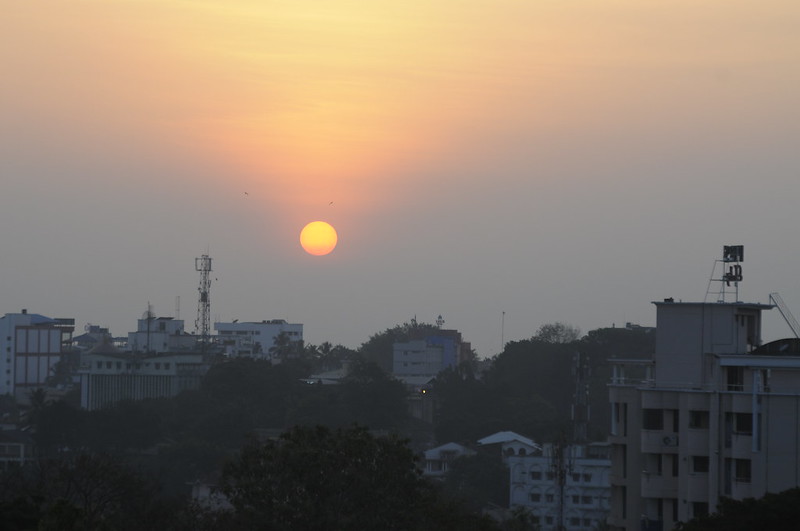In India, caste systems are at the root of social stratification and often the drivers of crime and corruption. This begs the question: what is caste?
With respect to Hinduism, E. Blunt conceptualizes a caste as an endogamous group, or perhaps a set of groups, that share a common name and live according to norms that are usually determined by heredity. Communities under a caste system are typically characterized by cultural rigidity and restrict interactions with other people according to traditional standards.
In Hindu societies, the division is hierarchical in nature, and divisions are determined by work, religion, and duty. The Manusmriti (Hindu text), divides its caste system into four categories, all derived from the Hindu creator god, Brahma. Brahmins occupy the top social rung. Brahmins, who are believed to come from Brahma’s head, mostly consist of teachers and public intellectuals. On the next hierarchical social level are the Kshatriyas, who occupy leadership positions or serve as soldiers. They are said to come from Brahma’s arms. The third highest in Hindu caste systems are the Vaishyas, who come from Brahma’s thighs. They are considered the merchant class. Finally come the Shudras, who come from Brahma’s feet. They consist of the working class, who perform most of the menial labor tasks.
Outside of this Hindu caste system was yet another caste known as untouchables (achhoots) – the Dalits (Ghurye, 1969). In India, the Dalits make up about 160 million people.
How the caste system remains a problem in Indian society?
Even in the 21th century, people are routinely discriminated against on the basis of their caste. Among India’s social groups, Dalits, or “untouchables,” are the ones who suffer the most. They live in segregated colonies where upper-class men do not enter. The Dalits are prohibited from the places upper caste citizens occupy, as it is believed that Dalits will pollute these areas. Recently, a 21-year-old Dalit resident named Jitendra was attacked and severely beaten by upper caste men. The beating was so brutal that he died from his injuries nine days later. His only crimes were sitting in a chair reserved for the elite and eating in front of them during a wedding. Out of hundreds of guests who attended this wedding, not one attendant was brave enough to report what happened, even though the groom was also a Dalit man.
Only the police have released a public statement. In this wedding, upper-caste residents had to prepare the food because many people refuse to even touch food prepared by Dalits, or even go to places where Dalits go due to their low status on Hindu hierarchical system. Police registered this incident under the Prevention of Atrocities Act of 1989, which was designed to protect historically marginalized communities.
This act was modified in March of 1995, particularly to address the crimes committed against the Dalits. Despite these efforts by the Indian government, discrimination against this group based on traditional belief systems continue to negatively affect the Dalits.
Indía flickr photo by Mílton Jung shared under a Creative Commons (BY) license
References
Ambedkar, B. R. (2017). CASTES IN INDIA. SAGE Publications.
Ghurye, G. S. (2019). Caste and Race in India (Fifth ed.). SAGE Publications Pvt. Ltd.
Jaiswal, A. (2020, September 8). Dalit man beaten to death after rumour that he ‘sold’ his daughter. Times of India. https://timesofindia.indiatimes.com/city/agra/dalit-man-beaten-to-death-after-rumour-that-he-sold-his-daughter/articleshow/77984823.cms
Madaik, D. (2020, December 10). Beaten to death for touching food: Ugly cases of caste violence in India. The Logical Indian. https://thelogicalindian.com/trending/caste-discrimination-violence-against-dalits-in-india-in-denial-25357
Saksena, H. S. (2017). Tribal Studies and Beyond: Contributions of D.N. Majumdar to Indian Anthropology. Rawat Publications.

